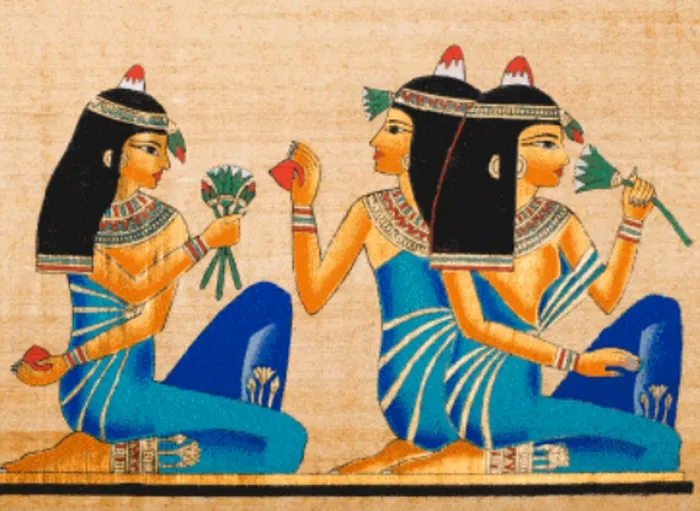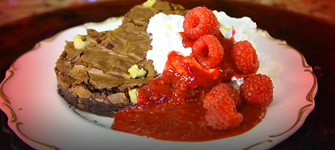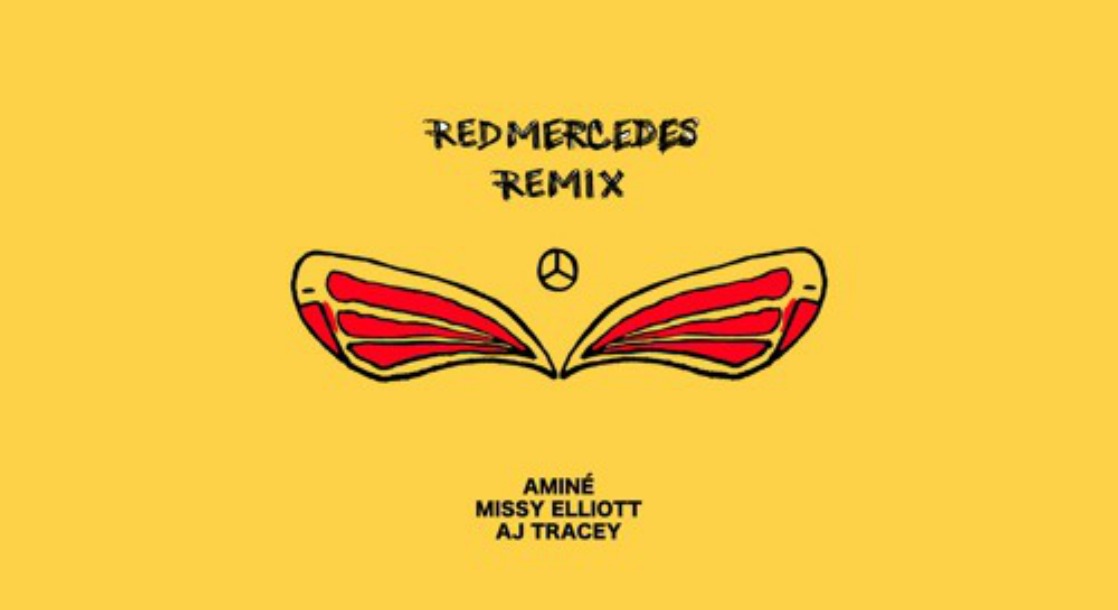Image via
Ancient Egyptians were using natural psychedelics to induce prophetic dreams more than 2,000 years ago, according to a new preprint research study.
Davide Tanasi of the University of South Florida and a team of fellow researchers set out to decode the mystery of ancient “Bes vases” that archaeologists have dug up in Egypt and ancient Rome. These ceramic vases are carved with the image of Bes, a popular figure in Egyptian mythology. Ancient Egyptians believed that Bes, who is depicted as a dwarfish figure with human and feline elements, could protect their households and boost fertility.
Archaeologists have found Bes vases that date back from as early as the 16th Century BCE to as recently as the Roman Empire in 476 CE. Researchers have speculated that these containers could have been used to hold alcohol, milk, perfume, or medicine, but few of them have ever been tested for organic material. Tanasi and his team set out to rectify that problem by testing a Bes vase from the collection of the Tampa Museum of Art.
The researchers used genetic analyses, infrared microspectroscopy, and other high-tech techniques to analyze the contents of the vase. The analysis confirmed that the vase once contained some sort of fermented alcohol made from yeast, wheat, sesame seeds, fruit, and honey. But it turns out that the ancient elixir was far more complex than a simple mug of beer.
“Our analyses revealed traces of Peganum harmala, Nimphaea nouchali var. caerulea, and a plant of the Cleome genus, all of which are traditionally proven to have psychotropic and medicinal properties,” the study authors wrote. “Additionally, the identification of human fluids suggests their direct involvement in these rituals.”
Peganum harmala, also known as “harmel” or Syrian rue, “is a medicinal and psychoactive plant that is native to the Mediterranean basin, Near East, since pre-Islamic times, and part of Asia,” the researchers explain. “The seeds of this plant produce high quantities of the alkaloids harmine and harmaline, which induce dream-like visions.” The vase also contained traces of the blue water-lily (Nymphaea caerulea), which contains a psychoactive alkaloid that produces sedative effects.
This combination of compounds ties in with the Myth of the Solar Eye, a significant Egyptian religious tale. The myth describes how Bes tricked the vengeful goddess Hathor by giving her a drink that contained human blood, alcohol, and a plant-based drug that induces sleep. Archaeologists also know that Bes worshippers used to sleep in underground chambers in the hope of having visionary dreams. And the unique blend of psychedelics and sedatives contained in the vase seems like the perfect combo to induce these kinds of dreams.
The researchers note that “a ritual linked to the cult of Bes during the Greco-Roman periods involved the practice of incubation for oracular purposes, in which the consultants slept in the Bes-Chambers at Saqqara to obtain prophetic dreams.” The researchers also explain that ancient graffiti found at the temple of Seti I in Abydos refers to Bes as the “giver of oracles” and “giver of dreams.”
The new study adds to a growing body of evidence confirming that humans all over the world have been using plant-based psychedelics for millennia. Last year, a study reported that the Wari Empire, which ruled Peru from 600 to 1000 AD, drank beer that was infused with psychedelic vilca seeds. Archeologists also found a 1,000-year-old pouch in Bolivia that contained trace amounts of the psychedelic plants used to brew ayahuasca.











